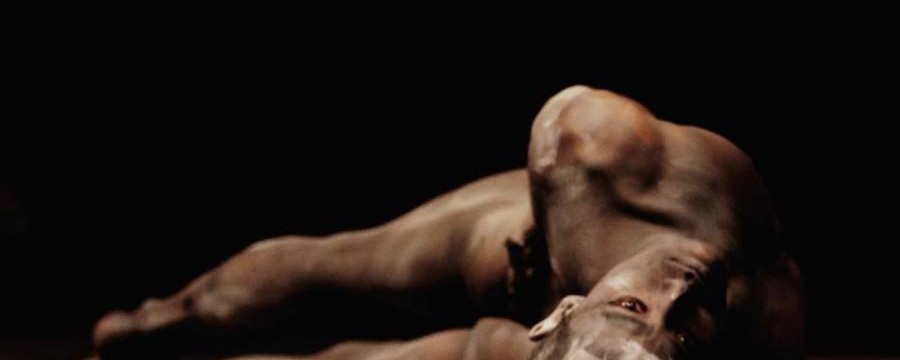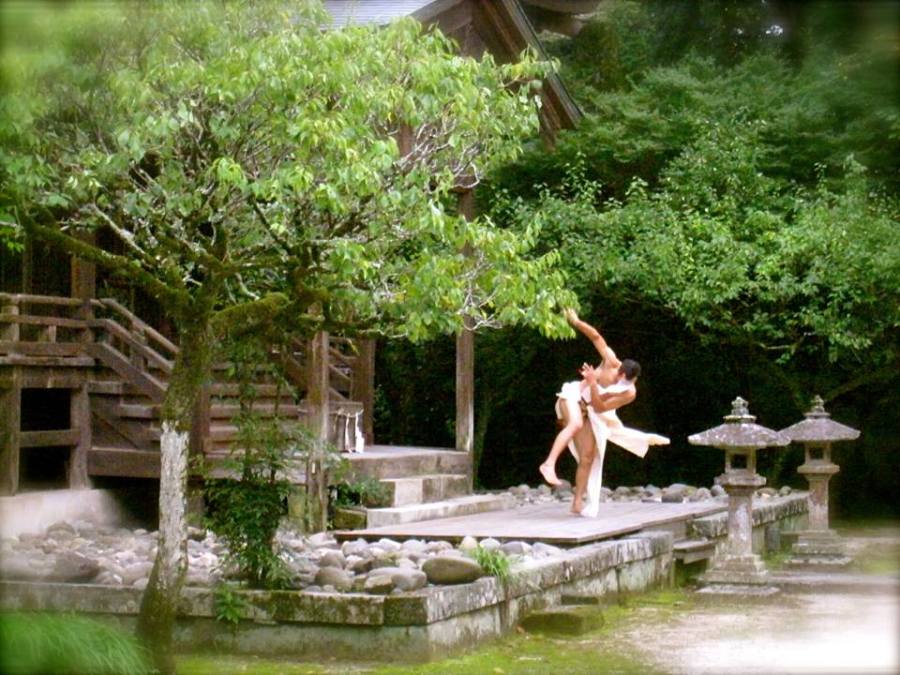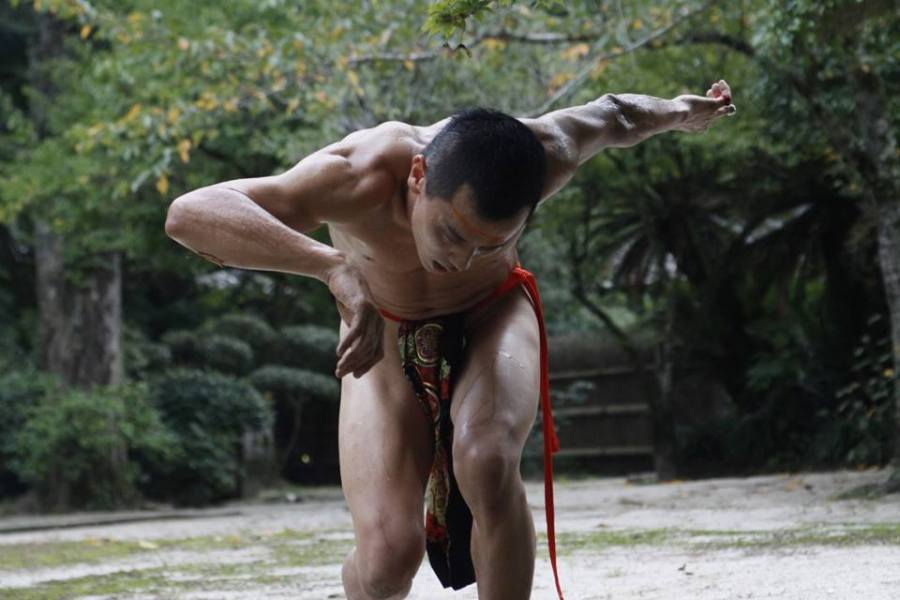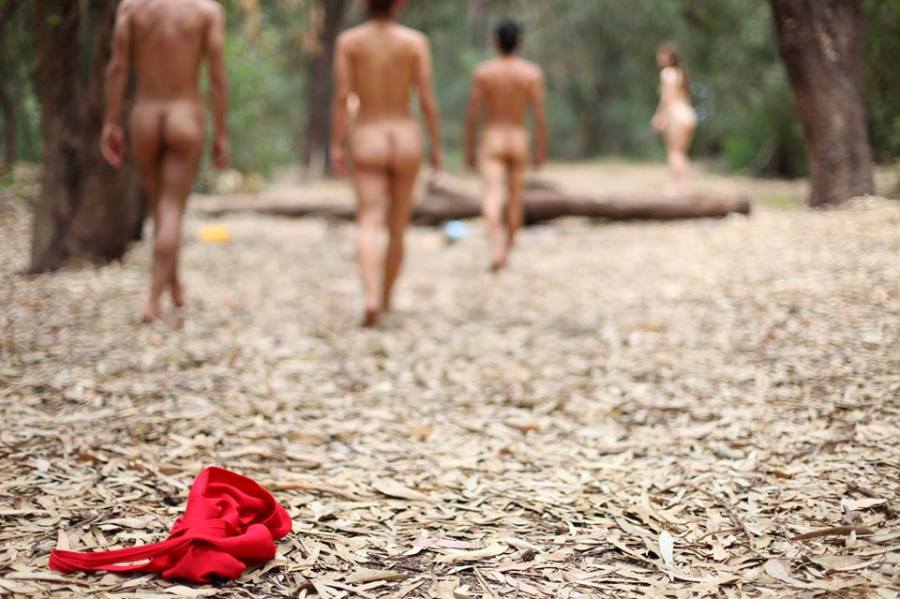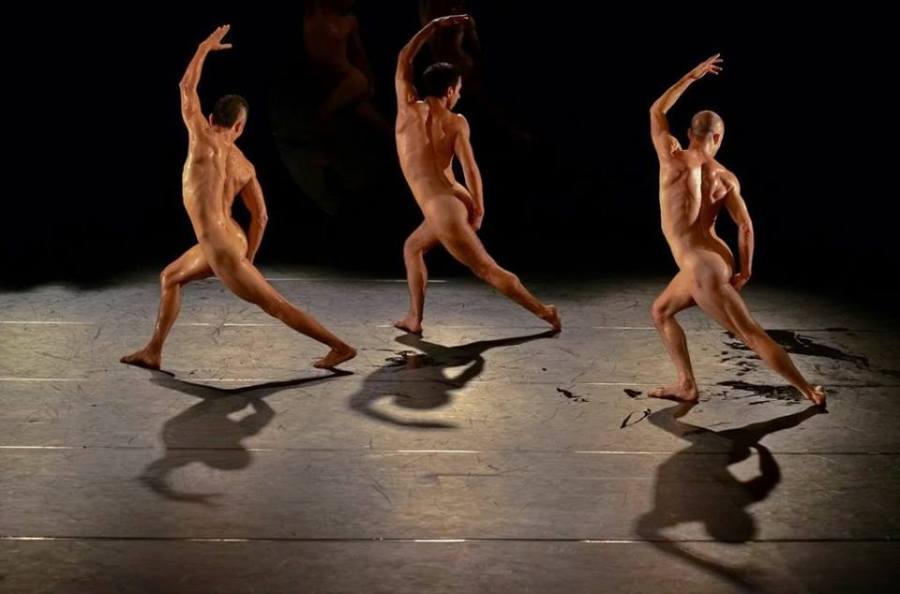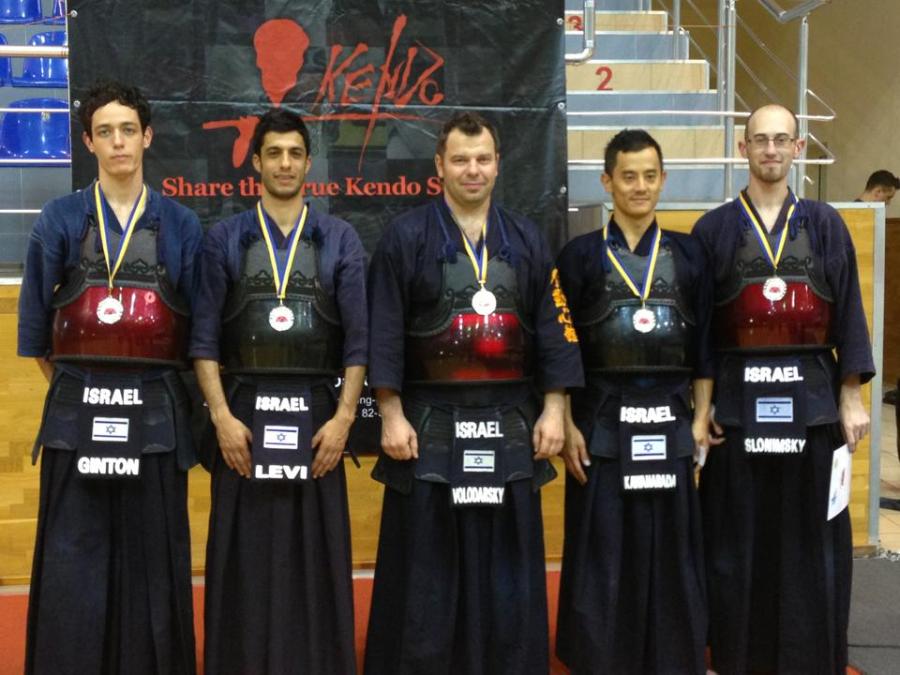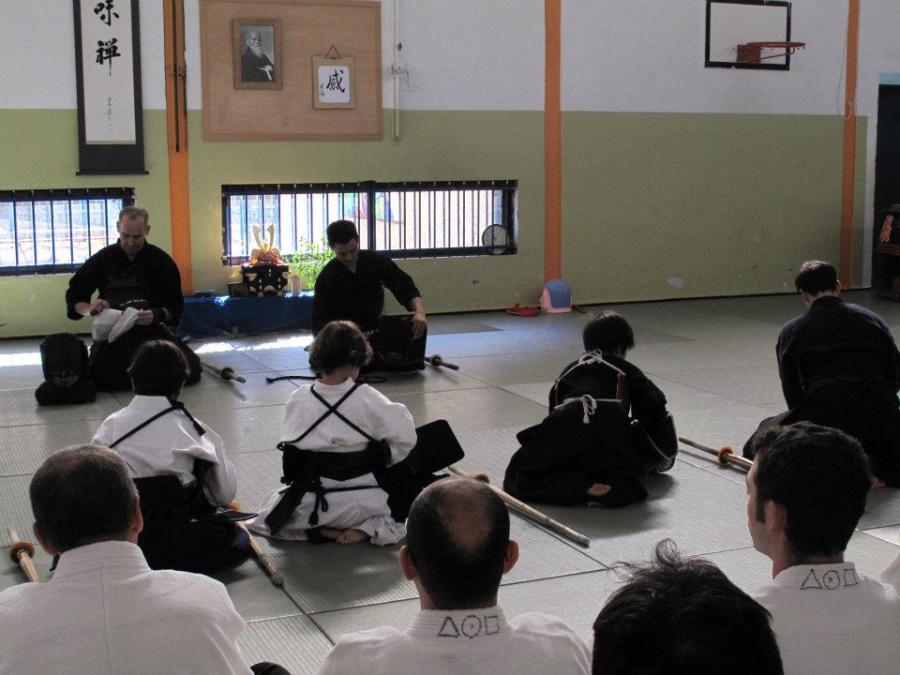Interview with Takanori Kawaharada- Dancer & Performer
Takanori is a Japanese dancer and performer who lives in Israel for the last eight years. TELAVIVTOKYO had a chance to catch him between rehearsals, TV commercials, travels and his family life, for a quick interview, and get a glimpse on his creative life.
This is our first interview on TELAVIVTOKYO, initiating new series of interviews, that will bring you closer to the ongoing cultural exchange between Japan and Israel.1. First, please tell me about yourself: Where are you from Japan? What brought you to Israel and when?
I am 31 years old, originally from Kumamoto town on the southern Japanese island, Kyushu. My mother is household and my father is Kendo teacher. I have one sister that lives in Japan. When I was 21, during my University studies, an Israeli visual theatre group “Clipa” came to my town to give a workshop. I was curious about the group and Israeli culture and decided to participate although I had no previous experience in performing arts. I liked the diversity of the group and their unique theatrical language, interweaving the arts of theater, dance, design and music. This experience was very mind-opening for me. Less than six months later, in 2005, I decided to visit “Clipa” in Israel. That’s when I also met my future wife- Zohar. Later that year after training and practicing (mostly dance and acrobatics), “Clipa” invited me to perform with them in England for a show called "Deus ex Machina". Since then, for five years I continued my journey with the theatre and eventually also had my first solo with them.
2. How do you find your life here? Personally and professionally? What are the difficulties for a Japanese person like you? What are the best parts living here?
I found many differences between the cultures. People here are very open and communicative compering to Japan. For example, if you cross the road in Japan, people usually don’t look at each other and everyone minds his own business- which is very different in Israel. Another thing that was new to me is the flexibility to adjust to new situation. In Japan, everything is very convenient. If you buy something and it brakes, you throw it away and buy a new one. Here, we used to fix things and create new from old. At “Clipa” we used to create our own costumes and stage design. It was very creative work.
Some things however like directness and sometimes bad manners were harder for me to adjust at the beginning. For example, I noticed that here people say what they think and feel in a very direct way; while for the Japanese it takes time and alcohol to talk openly. After eight years I am very happy living here. Of course I had some difficulties communicating in the beginning mostly because I didn’t speak English or Hebrew. Today I speak both, and I feel much closer to the Israeli and global cultures. I have never imagined my life like this- living in a far country in the Middle East (Laughing).
3. What are your inspirations?
In the last couple years I am getting back to my roots, and trying to bring Japanese spirit into my dance. I am trying to incorporate elements from Japanese tradition like Butoh dance. I have performed at the opening of big Washi paper artist' exhibition- Kyoko Ibe- earlier this year, and was inspired by nature and silence, that were also expressed in her works. Another project that I initiated in 2005 was going back to my home town and perform at an old temple, as part of traditional ceremony there. The ceremony was dedicated to the spirit of one of the strongest Samurai in the Japanese history- Musashi Miyamoto who lived in Kumamoto region. Musashi developed the “two sward battle” technique and he is very important historical figure. Since then, I am trying to return to Kumamoto for the same ceremony and demonstrate my development to the local community. It is a great honor for me to perform at this ceremony, especially since my parents can enjoy it as well.
I have tried to get away from my small town and my tradition, but recently it comes back to me and inspires me in many ways.
4. Tell me about the “renaissance” project. How did you feel about exposing yourself in front of the audience?
It was a process. Each dancer had to create his own piece and perform naked at the audition. Then we all combined our parts and created something very unique, I think. In regard to nakedness, in Japan we are used to expose our bodies in the public baths (Onsen) from young age. In the past, men and women even used to share same Onsen. This custom is no longer popular however. When we go to the Onsen, we are very relaxed. It is part of our daily life, so when I had to perform naked, I didn’t think of it too much.
5. What is your future project with other Japanese dancers? Is it still top secret?
I am actually planning a new performance with two Japanese females and one male dancer. It will be first time that a group of solely Japanese will perform in Israel with our own piece. Three of us had been living here for few years, and we became somewhat “Israeli”. I think it will be interesting to create out of our experiences here. These days we are building the concept of the show, so it is still in its very beginning. I am very excited about this project, and hopefully we can bring it to Japan as well next year.
6. You are also teaching Kendo and training as Kendo national team for Israel. How is it like?
Yes. As I have mentioned before, my father is a Kendo teacher and I was practicing Kendo since the age of nine. Later in my life I found it to be very strict discipline and I quit. Teaching Kendo in Israel is another way for me to keep my tradition and reconnect with my roots. Over the years I started practicing as Israeli citizen at the National Team and in 2012 we went to the world championship, where we competed against the Japanese team and the Swedish team that also had Japanese competitor. Today I am also teaching children and very happy to show part of Japanese tradition to them.
7. What are your future plans? What do you hope to achieve?
I hope to continue working with other artists and collaborate, both with Israeli and Japanese, and perhaps in the future to open my own company. For now I hope to keep my base in Israel and go to Japan on regular basis few times a year for dance projects. Although my wife is an Israeli artist, we are also open to travel to other countries and explore the world.
You can see Takanori in his latest “renaissance” project that will be up on December 15 at Hanger 2, Jaffa port. Stay tuned for new updates on Takanori's future projects here at TELAVIVTOKYO>.

